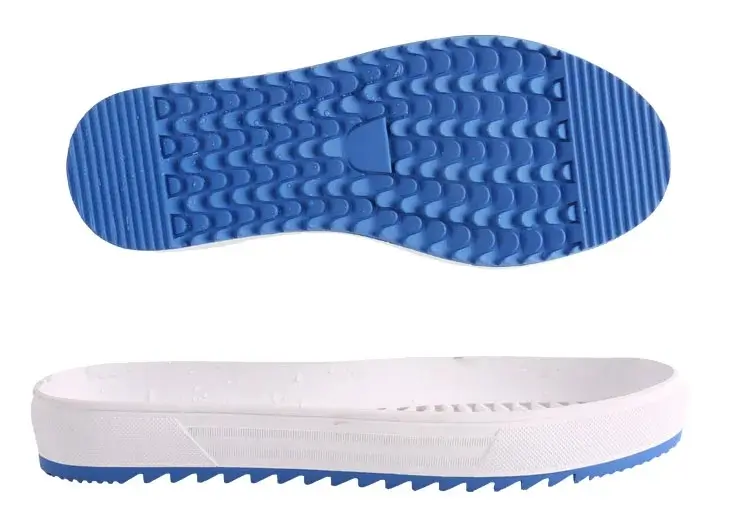Rubber is a versatile material widely used in various industries due to its unique properties. In this comprehensive analysis, we will explore the advantages and disadvantages of rubber, delving into its strengths and limitations. From durability and elasticity to weight and environmental concerns, understanding the characteristics of rubber will help us make informed decisions when choosing materials for different applications.
Advantages of Rubber
- Good Abrasion Resistance: Rubber exhibits excellent resistance to wear and tear, making it suitable for applications that require prolonged use and contact with abrasive surfaces.
- Non-slip Properties: The inherently high coefficient of friction in rubber provides superior grip and traction, ensuring stability and reducing the risk of slips and falls.
- Elasticity: Rubber possesses remarkable elasticity, allowing it to withstand repeated bending, stretching, and compression without permanent deformation.
- Durability: With its strong physical and chemical resistance, rubber can withstand tough environmental conditions, including high temperatures, without deteriorating quickly.
- Good Hardness and Flexibility: Rubber can be formulated to achieve a wide range of hardness levels, providing versatility for different applications while retaining flexibility.

Disadvantages of Rubber
- Heavier Weight: Compared to some alternative materials, rubber tends to be heavier, potentially leading to increased fatigue during prolonged use.
- Frost Spit: In some cases, rubber may exhibit a phenomenon known as “frost spit,” which can affect product quality and performance. Proper manufacturing and quality control processes are crucial to prevent this issue.
- Environmental Impact: Rubber production and disposal may raise environmental concerns due to the use of chemicals and potential non-biodegradability. Sustainable practices and recycling initiatives can help mitigate these issues.
Rubber in Shoes
People are commonly use rubber as an outsole material in various types of shoes. Its exceptional chemical and physical resistance, as well as its high elasticity and abrasion resistance. That makes it a reliable choice for protecting the feet. Rubber outsoles provide outstanding traction, durability, and insulation properties. Therefore, it ensurs optimal performance and safety in diverse work environments.
In conclusion, rubber offers numerous advantages such as good abrasion resistance, non-slip properties, elasticity, and excellent flexibility. While it may has disadvantages like heavier weight and potential quality and environmental concerns, proper manufacturing processes and responsible disposal can mitigate these issues. Understanding the advantages and disadvantages of rubber helps us appreciate its versatility and make informed decisions when selecting materials for various applications.
